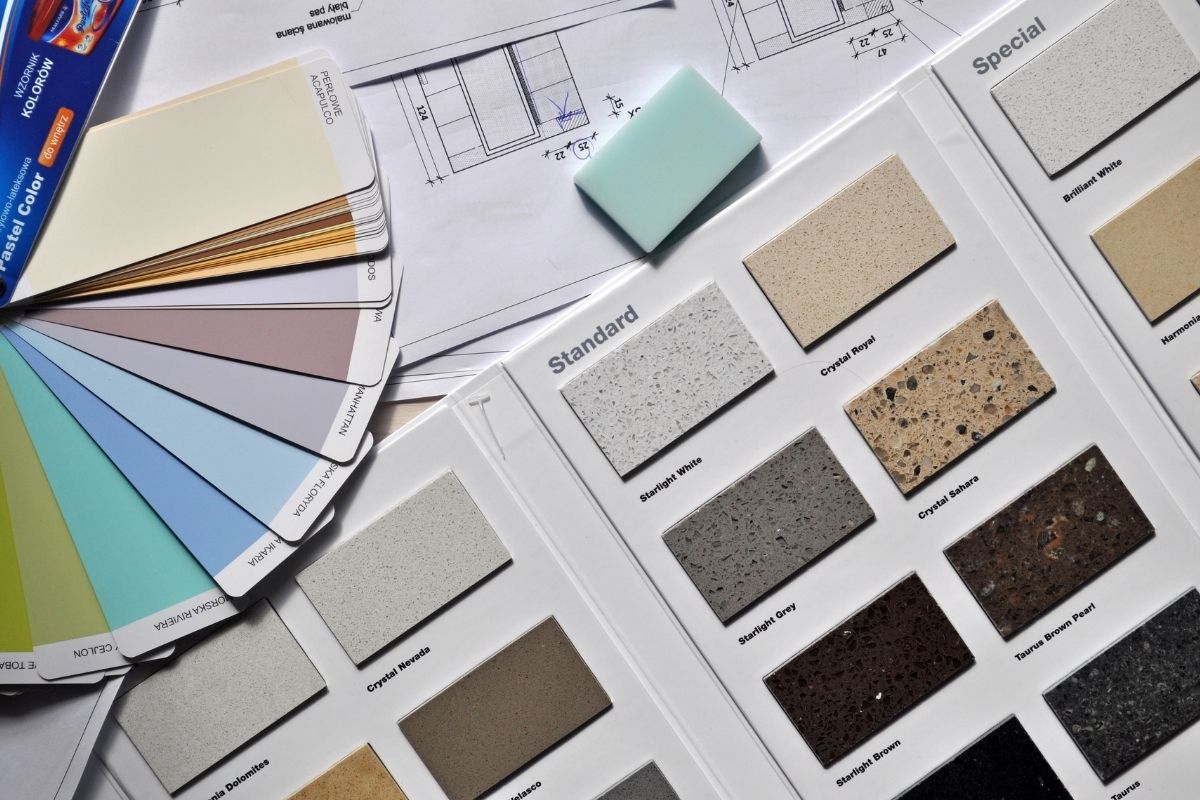How Do We Create UX Systems for More Users to Enjoy?
When I do a project, I consider the composition of my team. We have to understand the socioeconomic components of the market. The components within these technological areas where they’re created, researched, produced, mass-produced, and consumed are how we can understand the contributing factors of the markets we’re designing for.
Looking at the statistics between 2018 and 2019, you can see there is demand for all engineers. However, the need for augmented reality (AR) and virtual reality (VR) engineers has grown by 1,400% compared to all other engineers. So that’s 14 times the amount of all other engineering capabilities. There’s a lack of UX design engineers to help make programs and systems for everyone. Online UX design education can give you the tools to understand your users’ wants and needs effectively.
And if you look at some other statistics, I think it’s fair to say that probably less than 10% of our engineers–software engineers–know what AR is and how to program and code within that environment. It’s more troubling to me that, unfortunately, the engineers who have the needed access to these technologies to learn about them are of economic privilege. This economic privilege only allows them to know this information within their economic boundaries and learn how to code within that. Ultimately, these boundaries prevent them from learning about other economic classes of society and how these technologies might benefit them as well.
This highly tech-centered environment doesn’t help our current generation of storytellers. These people are our educators, teachers, journalists, communication students, and filmmakers, and they don’t have the power to bring these new knowledge sets to their students, the next generation of artists. Essentially, UX and UI skills are highly in-demand technologies, but few people are training for them. Only those from a particular kind of environment are being trained in this field. That is from a creation standpoint.
In terms of usership, there are also incredible amounts of disparities. For example, if the next iPhone allowed you to obtain the kind of AR and VR information you need, but the glasses needed come at an enormous cost, who would be able to access it? Most people would not be able to because they cannot afford the astronomical price. HoloLens is one of the best AR glasses available currently on the market. If the cost for a pair of HoloLens glasses were $5,000, no schools could access them since their funding is limited.
These are the major conversations that we have when designing new UX and UI products. Who has access to the latest technology? Who do we want to create it for? And who is making it already? We strive to provide an answer to all of these critical questions. Essentially, we need to train more UX design and UI design individuals to supply the demand for these technologies. Online UX design education can teach you how to provide this technology to more people worldwide.


